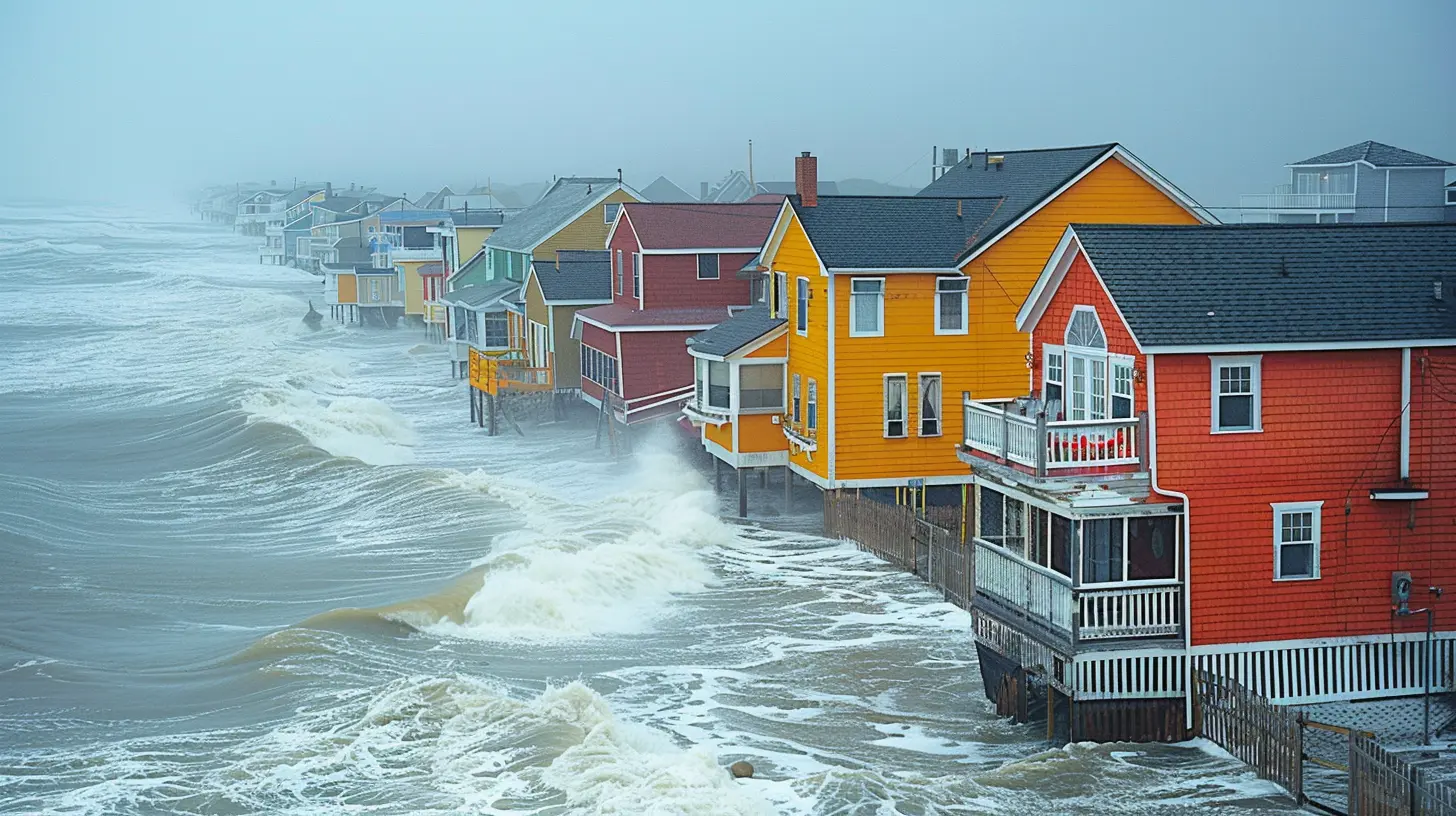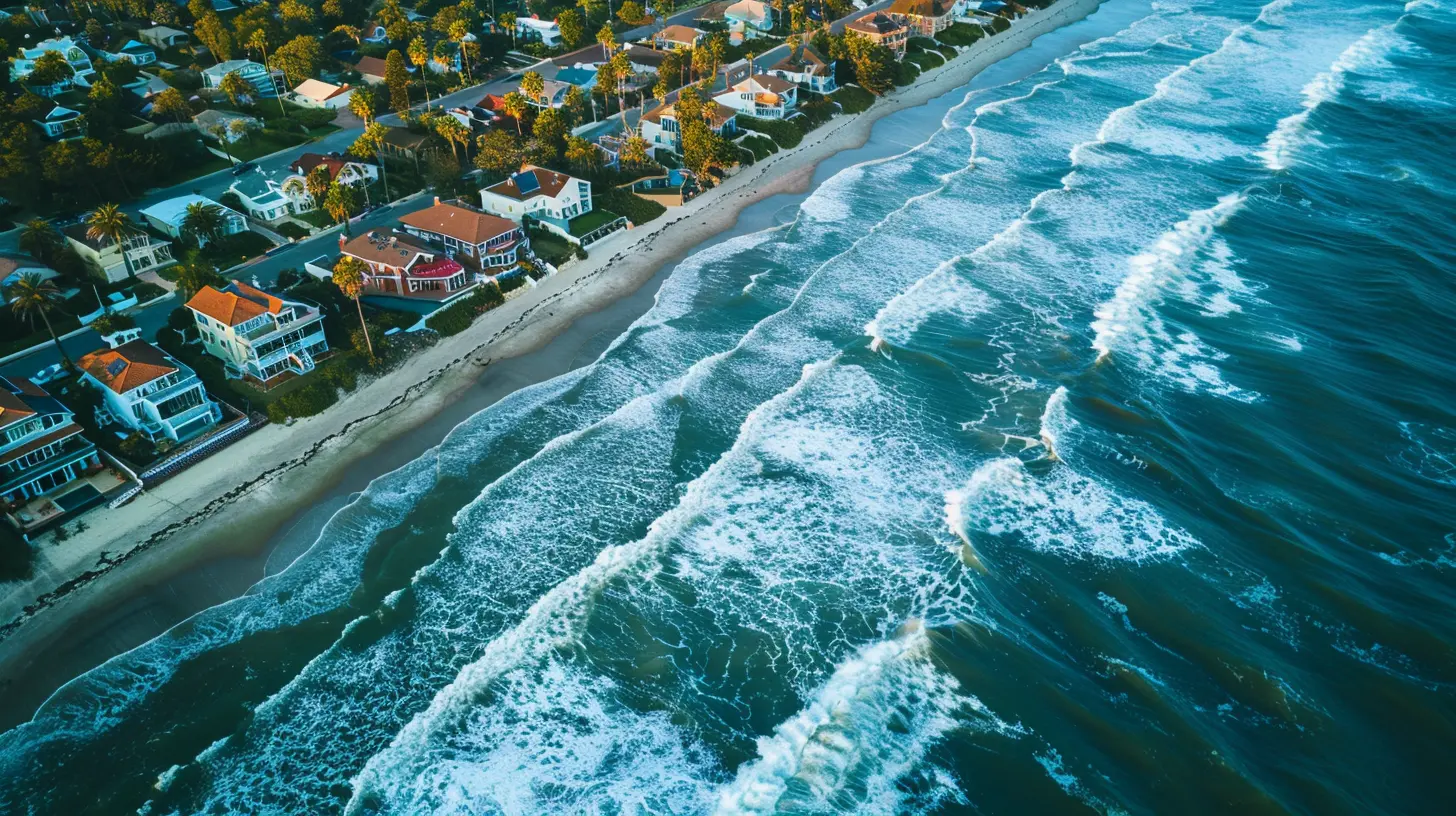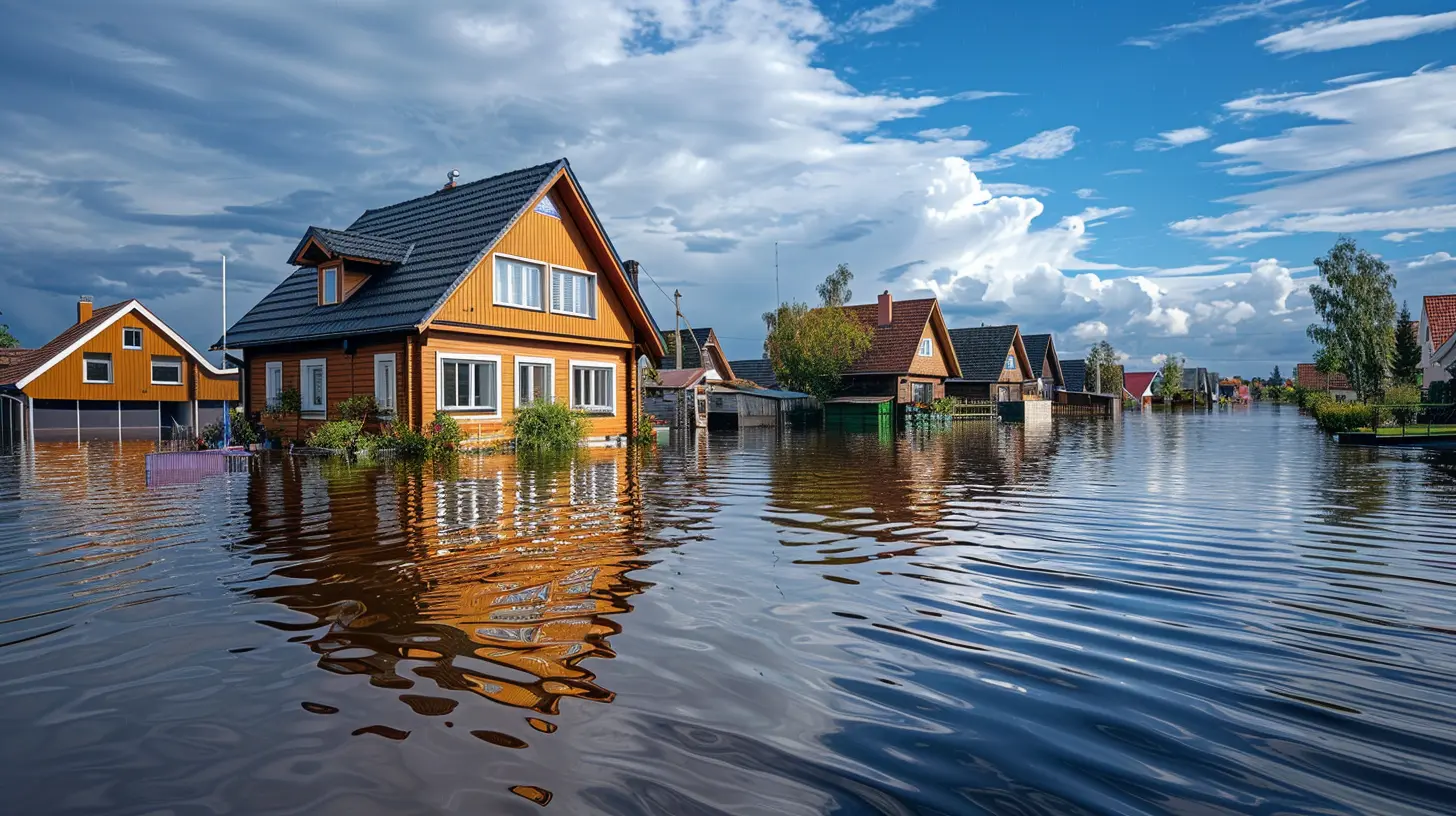How Climate Change Will Reshape Coastal and Inland Real Estate Markets
12 July 2025
Climate change isn't just about rising temperatures and extreme weather—it's a financial and logistical earthquake shaking up the real estate market. Coastal properties that were once prime investment opportunities are now at risk of sea-level rise and flooding. Meanwhile, inland cities are experiencing a boom as people seek safer ground.
So, what does this mean for the future of real estate? Whether you're a homeowner, investor, or just curious about how shifting weather patterns are influencing property values, this article breaks down the key trends shaping the market.

Rising Seas: The Coastal Real Estate Dilemma
The Risk of Flooding and Property Damage
Owning a beach house has long been a dream, but what happens when that paradise starts sinking? Rising sea levels are swallowing up shorelines, leading to more frequent and severe flooding. Insurance companies are taking notice, making it harder (and more expensive) to insure coastal properties.Skyrocketing Insurance Costs and Property Devaluation
As flood risks increase, so do insurance premiums. Some homeowners are seeing their rates double—or they're being dropped by their providers altogether. This is making coastal properties less attractive to buyers, decreasing their value.Increased Government Regulations
To combat these risks, many coastal cities are enforcing stricter building codes and zoning restrictions. New flood maps are redrawing where homes can be built, meaning some properties may become uninsurable or require costly renovations to stay compliant.
Inland Migration: The New Real Estate Frontier
The Rise of “Climate Havens”
As coastal areas become riskier, people are looking inland. Cities like Asheville, NC, and Boise, ID, are seeing an influx of buyers thanks to their lower climate risks. These "climate havens" offer safer long-term investments, leading to rising property values and increased demand.Housing Supply Struggles
With more people moving inland, housing markets in historically less-populated areas are becoming hot commodities. The result? Housing shortages, bidding wars, and skyrocketing prices. What used to be overlooked towns are now booming real estate markets.Infrastructure Challenges
Many inland cities weren't built to handle rapid growth. Roads, schools, and public services are struggling to keep up, forcing local governments to rethink urban planning. While this presents opportunities for smart investors, it also means potential growing pains for new residents.
Wildfires, Heatwaves, and New Risk Zones
It’s not just coastal areas feeling the heat (literally). Inland regions are facing their own climate challenges.Increased Wildfire Risks in Dry Areas
Western states like California and Colorado are seeing more frequent and intense wildfires. This has led to some insurance companies pulling out of high-risk areas altogether, leaving homeowners scrambling for coverage.Urban Heat Islands and Cooling Costs
Cities that were once considered climate-safe are now dealing with extreme heat. Phoenix, for example, is seeing record-breaking temperatures, increasing energy costs as homeowners crank up their AC.Unexpected Flooding in Inland Areas
Climate change isn’t just causing coastal flooding—it’s also leading to heavier rains and flash floods in places that historically didn’t experience them. Cities far from the ocean are now investing in flood management systems to prevent future disasters.
The Investment Shift: Where Smart Money is Going
Sustainable and Resilient Real Estate
Developers are shifting gears. Green buildings with energy-efficient designs, elevated foundations, and flood-resistant materials are becoming the norm. Investors are prioritizing properties that can withstand climate threats.Water and Energy Security
Regions with reliable water sources and stable energy grids are becoming more attractive. As droughts intensify, areas with strong water management policies—like the Great Lakes region—are seeing increased interest from both homebuyers and investors.Tech-Driven Real Estate Solutions
From AI-driven climate risk assessments to smart-building technology, the market is evolving quickly. Buyers are using data analytics to predict which areas will be most resilient in the face of climate change.What This Means for You
For Homeowners
If you own property in a high-risk area, now is the time to evaluate your options. Investing in climate-resilient upgrades could protect your home's value, while selling sooner rather than later might be wise if your area is seeing increasing risks.For Investors
The best real estate investments are shifting away from high-risk coastal properties toward inland areas with strong infrastructure. Smart investments now could yield big returns in the coming decades.For Renters
If you're not tied down to a mortgage, you’ve got flexibility. Pay attention to climate trends and consider moving to a location with lower long-term risks for both safety and affordability.The Future of Real Estate in a Changing Climate
Climate change is more than an environmental issue—it's a financial and real estate game-changer. Coastal markets may see declining values, while inland regions will experience rapid growth. As extreme weather becomes more common, homebuyers and investors need to think beyond just location and aesthetics; resilience will be the keyword of the future real estate market.So, whether you're buying, selling, or simply keeping an eye on market trends, one thing is certain: climate change is reshaping real estate, and those who adapt will stay ahead of the curve.
all images in this post were generated using AI tools
Category:
Real Estate ForecastAuthor:

Melanie Kirkland
Discussion
rate this article
1 comments
Veronica Abbott
This article highlights crucial insights on adapting to climate change. Embracing sustainable practices can create resilient communities and innovative opportunities in real estate. Keep pushing forward!
July 26, 2025 at 4:29 AM

Melanie Kirkland
Thank you for your insightful comment! I'm glad you found the article valuable in highlighting the importance of sustainability in real estate amidst climate change.


